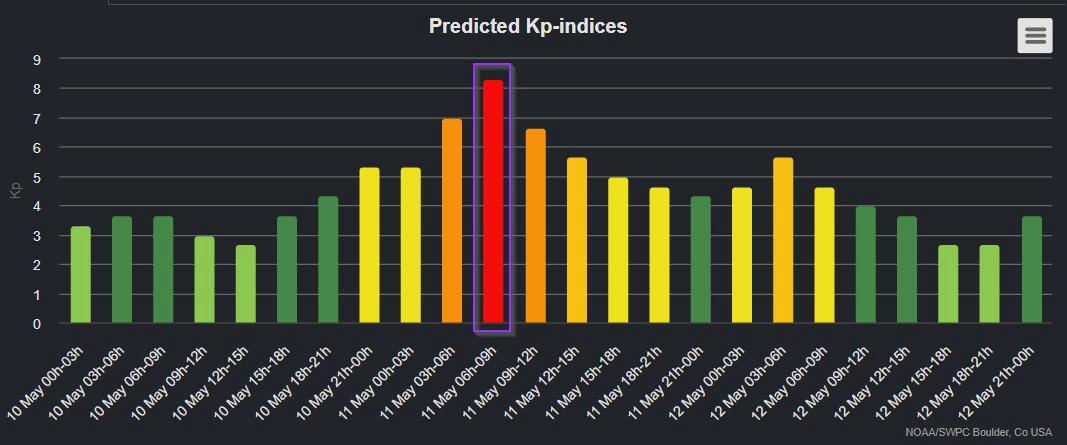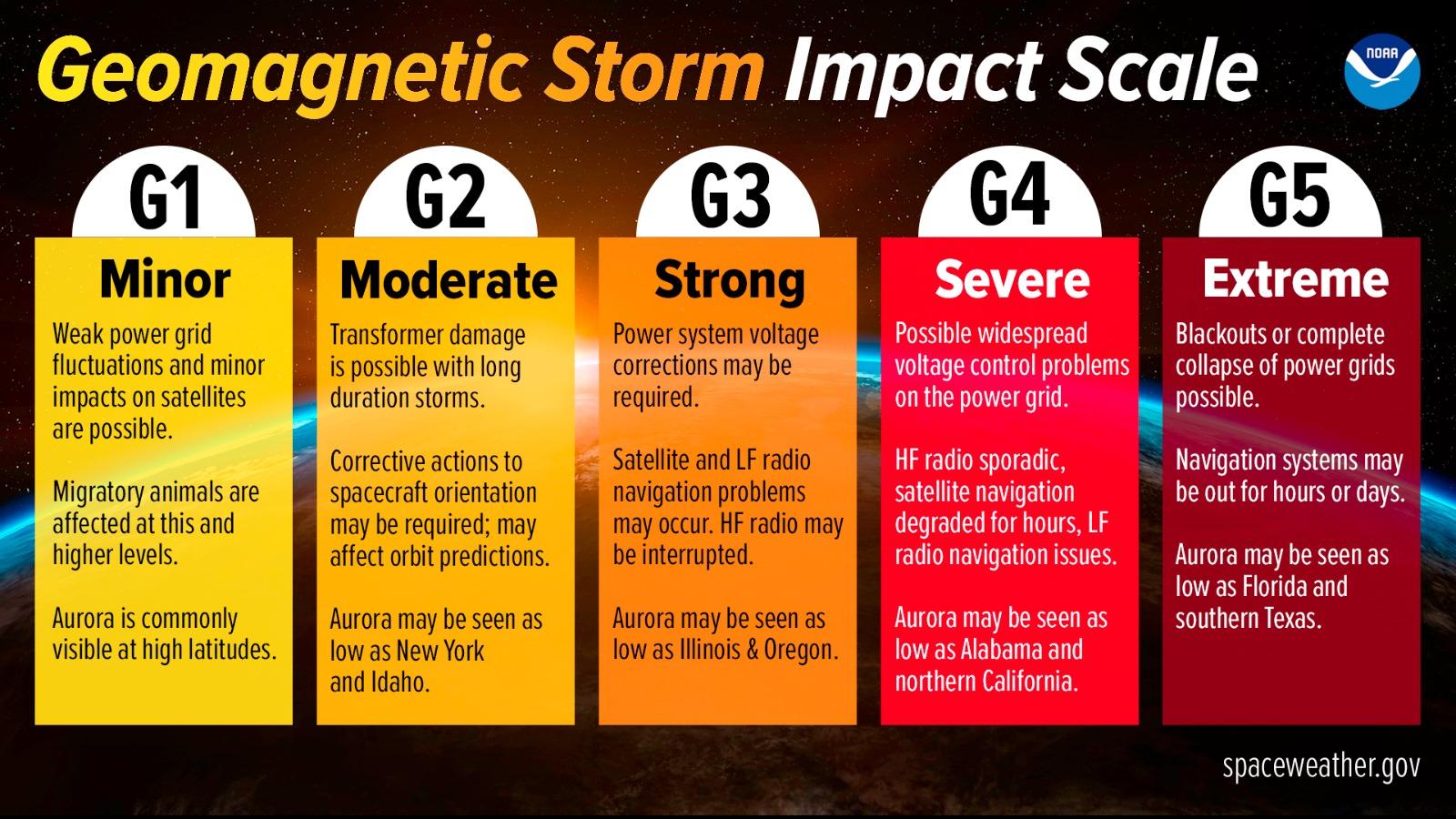NEW YORK – Bünyamin Sürmeli – On May 10, the Earth was shaken by one of the strongest and most violent solar flares ever recorded. The flare was almost 13-14 times the size of the Earth. The coronal mass ejection sent particles on their way to Earth. An eruption on the surface of the Sun is not a rare event, but what made this eruption unusual for the Earth and its inhabitants? First of all, of course, its size.
On May 10, this eruption was one of the most violent eruptions on the surface of the sun, rare and powerful enough to be felt at the top of history.

Specifically, the energy released is 300 GW, or 300 times the energy produced by an average nuclear power plant
The Earth’s magnetic field protects it from the geomagnetic storm that follows a solar flare. The magnetic field lines that make up its magnetic field exit the South Pole and enter the North Pole like a magnet. Since the magnetic field lines exit the South Pole and enter the North Pole, it can be thought of as an exit from the South Pole and an entrance from the North Pole. This is why particles from an area near the poles enter the northern hemisphere more easily, and why the aurora borealis (northern lights) occurs at latitudes of 70 degrees and above in the northern hemisphere, while it is weaker and less visible in the south. These magnetic field lines become denser at latitudes of 70 degrees and above as we move away from the equator. As the Earth rotates, torsion occurs in the magnetic field lines, and the lines become even denser. As the magnetic field lines become denser, particles are scattered, creating the colorful and visually beautiful aurora borealis in the sky.
However, the solar flare that took place on May 10 was so strong that it created the opportunity to observe this celebration in the mid-latitudes. In our country, it was seen in the highlands with clean, clear and rain-free weather, and in many cities in Europe.

The power of this flare was higher than expected. The solar flare was characterized as G5, the last category on the power scale. At the same time, there is an index, the KP index, which determines the severity of the disturbance experienced by the magnetic field, which was the first in the world to receive the geomagnetic storm after this powerful flare, during the arrival of the particles after this flare. With the May 10 solar flare, the disturbance experienced by our magnetic field during its mission was expected to be at the KP8 level. In the KP8 category, it was predicted to be the most powerful flare since 2005. However, as it entered the KP9 category, it was recorded with a power not seen since 2003, and the KP9 level is the highest level of this index.
Disruptions to GPS and satellite systems, power and radio blackouts are some of the negative effects.
(Kutay Mıhlıardıç has reviewed the details in his latest article for atmospeak.substack.com/p/the-2024-super-geomagnetic-storm magazine on the SubStack platform.)



 UN
UN 


